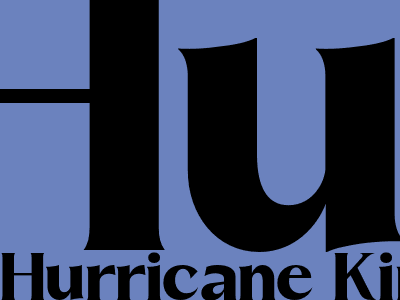
Hurricane Kirk: A Comprehensive Overview
Unveiling the Magnitude of Hurricane Kirk
Hurricane Kirk, an awe-inspiring meteorological phenomenon, emerged as a formidable force during the 1992 Atlantic hurricane season. Its genesis can be traced back to a tropical depression that formed over the central Atlantic Ocean on September 23. Over the next few days, the depression strengthened into a tropical storm and eventually reached the status of a Category 4 hurricane.Kirk's relentless fury was unleashed upon the Bahamas, unleashing torrential rains that caused widespread flooding and devastation. The hurricane's relentless winds battered the archipelago, leaving behind a trail of destruction. Homes were reduced to rubble, trees were uprooted, and power lines were severed, leaving residents without essential services.
Kirk's Devastating Impact on the Bahamas
The Bahamas bore the brunt of Hurricane Kirk's fury. The archipelago's low-lying terrain proved to be highly vulnerable to the storm's relentless assault. Severe flooding inundated coastal areas, forcing residents to evacuate their homes and seek shelter on higher ground.The winds that accompanied Hurricane Kirk reached staggering speeds, reaching up to 130 miles per hour. These powerful gusts caused widespread damage to buildings, ripping off roofs and shattering windows. Infrastructure was severely compromised, with roads blocked by debris and bridges rendered impassable.
International Response and Recovery Efforts
The international community swiftly rallied to provide assistance to the Bahamas in the aftermath of Hurricane Kirk. Aid organizations from around the world dispatched teams to provide emergency relief and support recovery efforts. The United States, Canada, and the United Kingdom were among the first to offer assistance, providing much-needed supplies, medical aid, and personnel to help with the cleanup and rebuilding process.The recovery process was long and arduous, but the resilience of the Bahamian people shone through. With the support of the international community, the archipelago gradually rebuilt, and its communities emerged stronger than before.
Lessons Learned from Hurricane Kirk
Hurricane Kirk served as a stark reminder of the devastating power of nature and the importance of disaster preparedness. The storm's impact highlighted the need for robust infrastructure, early warning systems, and effective evacuation plans to minimize the loss of life and property during future hurricanes.In the years since Hurricane Kirk, the Bahamas has implemented numerous measures to enhance its resilience to hurricanes. Building codes have been updated, flood defenses have been strengthened, and public education campaigns have been launched to raise awareness about hurricane safety. These initiatives have proven invaluable in mitigating the impact of subsequent hurricanes, saving lives and protecting property.